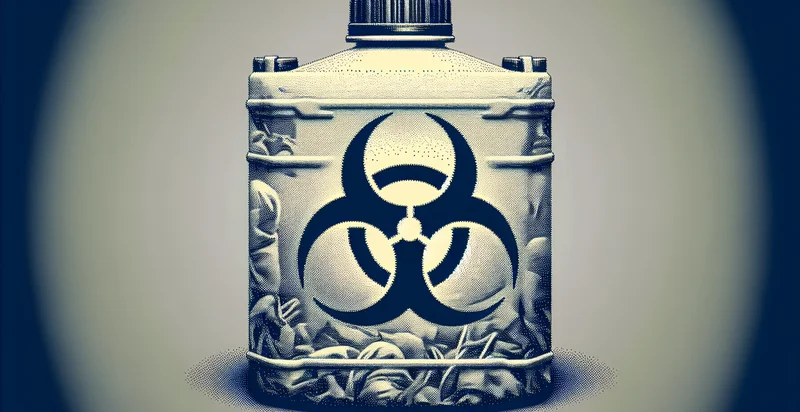Identify hazardous material labeling
using AI
Below is a free classifier to identify hazardous material labeling. Just upload your image, and our AI will predict what type of hazardous material is present - in just seconds.

Contact us for API access
Or, use Nyckel to build highly-accurate custom classifiers in just minutes. No PhD required.
Get started
import nyckel
credentials = nyckel.Credentials("YOUR_CLIENT_ID", "YOUR_CLIENT_SECRET")
nyckel.invoke("hazardous-material-labeling", "your_image_url", credentials)
fetch('https://www.nyckel.com/v1/functions/hazardous-material-labeling/invoke', {
method: 'POST',
headers: {
'Authorization': 'Bearer ' + 'YOUR_BEARER_TOKEN',
'Content-Type': 'application/json',
},
body: JSON.stringify(
{"data": "your_image_url"}
)
})
.then(response => response.json())
.then(data => console.log(data));
curl -X POST \
-H "Content-Type: application/json" \
-H "Authorization: Bearer YOUR_BEARER_TOKEN" \
-d '{"data": "your_image_url"}' \
https://www.nyckel.com/v1/functions/hazardous-material-labeling/invoke
How this classifier works
To start, upload your image. Our AI tool will then predict what type of hazardous material is present.
This pretrained image model uses a Nyckel-created dataset and has 21 labels, including Biohazard Label, Clear Label, Correct Label, Corrosive Label, Damaged Label, Explosive Label, Faded Label, Flammable Label, Hazard Label and Incorrect Label.
We'll also show a confidence score (the higher the number, the more confident the AI model is around what type of hazardous material is present).
Whether you're just curious or building hazardous material labeling detection into your application, we hope our classifier proves helpful.
Related Classifiers
Need to identify hazardous material labeling at scale?
Get API or Zapier access to this classifier for free. It's perfect for:
- Warehouse Safety Compliance: Implement the hazardous material labeling identifier to ensure that all stored goods in warehouses are correctly labeled. This reduces the risk of improper handling and minimizes accidents, thereby enhancing employee safety and ensuring compliance with safety regulations.
- Transportation Hazard Assessment: Utilize the identifier system in logistics to verify hazardous materials during transit. By accurately labeling materials, transport companies can prevent incidents and ensure that emergency response teams are prepared in case of an accident.
- Retail Product Safety Verification: Apply the hazardous material labeling identifier in retail environments to scan products for proper labeling. This helps retailers avoid selling items that could harm consumers or violate regulations, thus protecting brand reputation and maintaining legal compliance.
- Manufacturing Process Monitoring: Integrate the identifier into manufacturing systems to monitor the labeling of raw materials and end products. This ensures that hazardous materials are clearly marked, reducing the chances of contamination or unsafe working conditions in production lines.
- Emergency Response Preparedness: Equip emergency responders with the identifying technology to assess hazardous materials at incident sites. Accurate labeling through the identifier can expedite their response and minimize risks when dealing with chemical spills or leaks.
- Training and Educational Programs: Incorporate the identifier in training modules for employees handling hazardous materials. By familiarizing workers with accurate labeling practices, companies can enhance safety and compliance awareness, leading to a more informed workforce.
- Regulatory Reporting and Audits: Use the hazardous material labeling identifier to streamline the reporting process for regulatory compliance. By providing accurate and reliable labeling data, organizations can simplify audits and demonstrate adherence to environmental and safety regulations, potentially avoiding fines.


